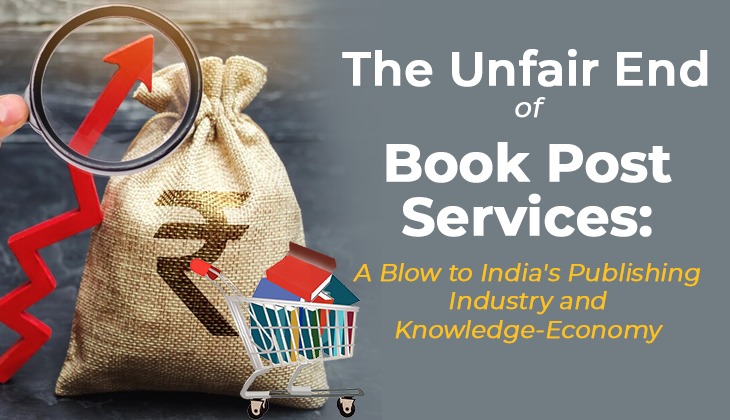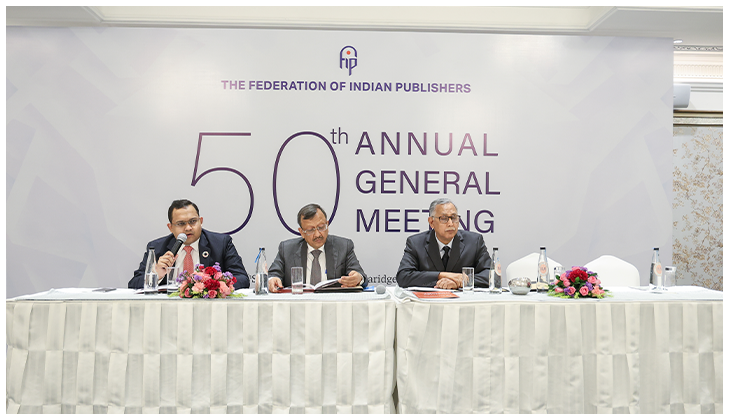According to recent statistics, the e-books segment is projected to grow $214 in 2020. The revenue is expected to show an annual growth rate of 7.2% and the recorded user penetration has been much higher than predicted earlier (due to the pandemic).
In the same light, even India’s audiobook market has witnessed a sharp acceleration with projected growth to over $20 billion or more in 2030.
In the past year, when bookstores were closed and people were at homes, a huge chunk of audiences have transitioned to online reading.
Confinement is also transforming the book discovery and buying habits of lakhs of Indian readers.
The longer this crisis persists, more opportunities arise for print readers to convert to digital readers. Even as print-based stakeholders are struggling to survive, most readers will become hybrid.
Am I suggesting that print books are the dinosaurs of the new era that’s dawning upon us? NO.
But, again nobody (not even me) can deny that digital books will play a larger role in the publishing world with print only in the supporting cast.
For publishers who have been practicing digital-distancing for the fear of online piracy, shrinking profits (due to biggies like Amazon) and many other underlying factors…the new normal will not be your friend, until you befriend digital.
Right now, the time is to expand and to ensure that Amazon’s value is collectively balanced by treating other digital outlets seriously. To embrace models like unlimited subscription, and ensure a favourable balance between publishers revenue streams and Amazon’s.
Even if the majority of booksellers persist in the crisis, the already weakened global economy will not be able to pillar print’s price rigidity.
For authors and publishers that embrace digital’s flexible pricings, consumer demand will soar high.
My prediction?
Global publishing has taken too large a leap to ever return to its pre-pandemic status.
Instead of looking back to revel in the nostalgia, why not look forward and strut with confidence!



